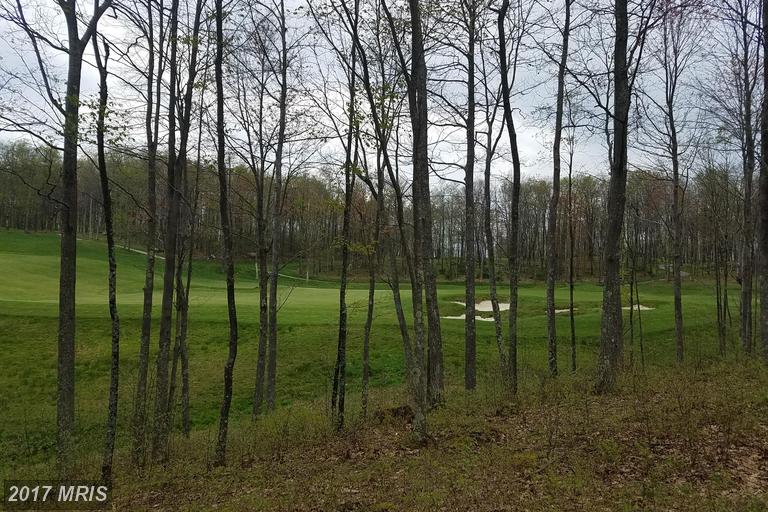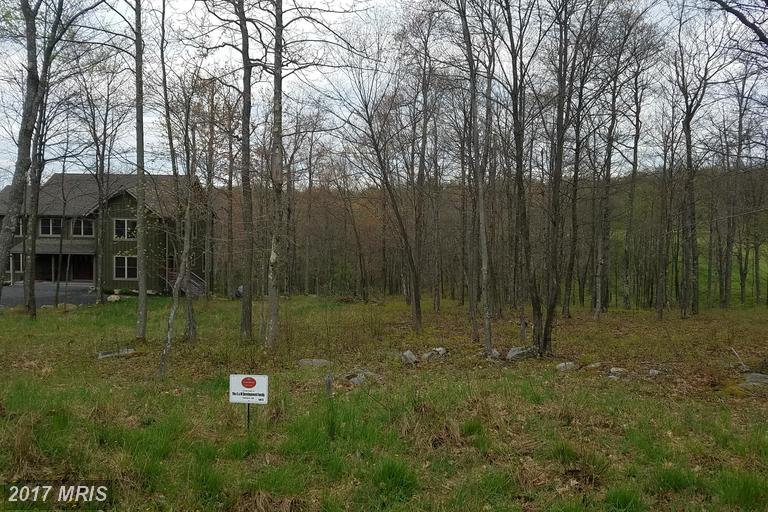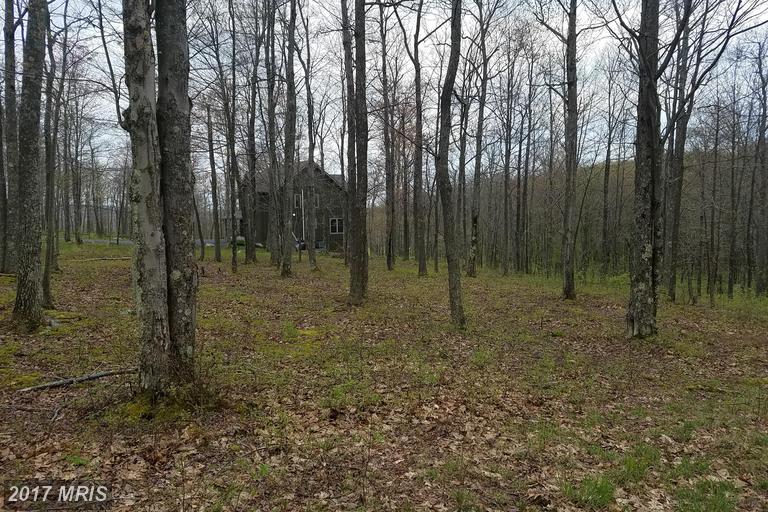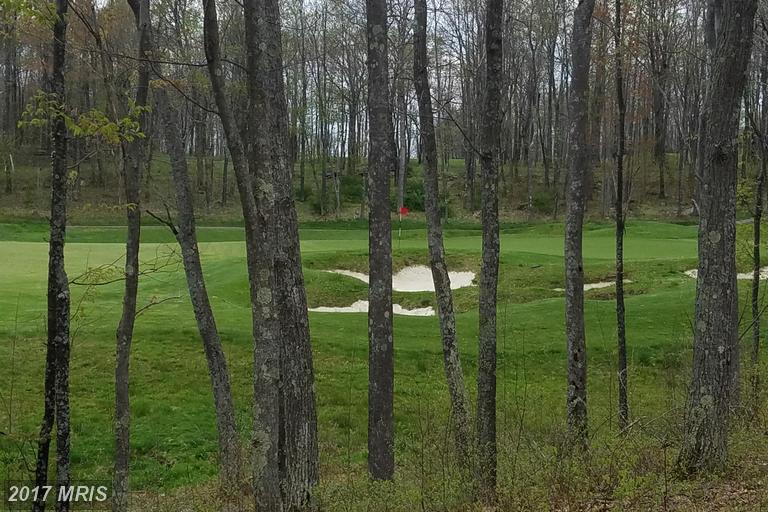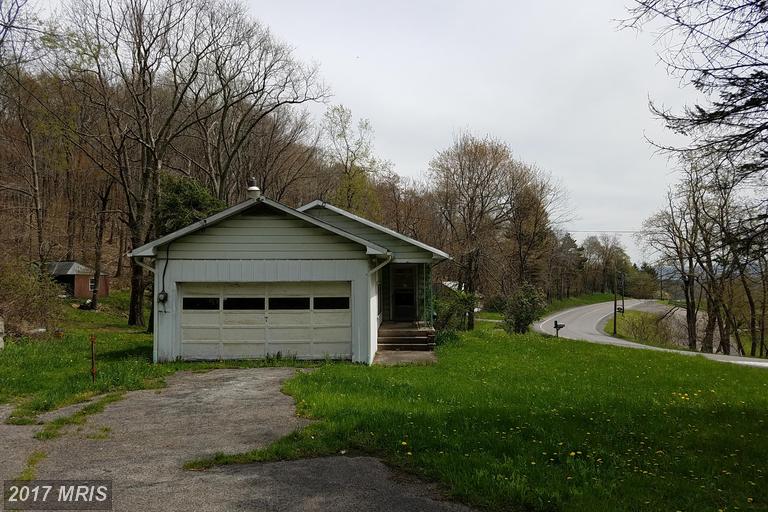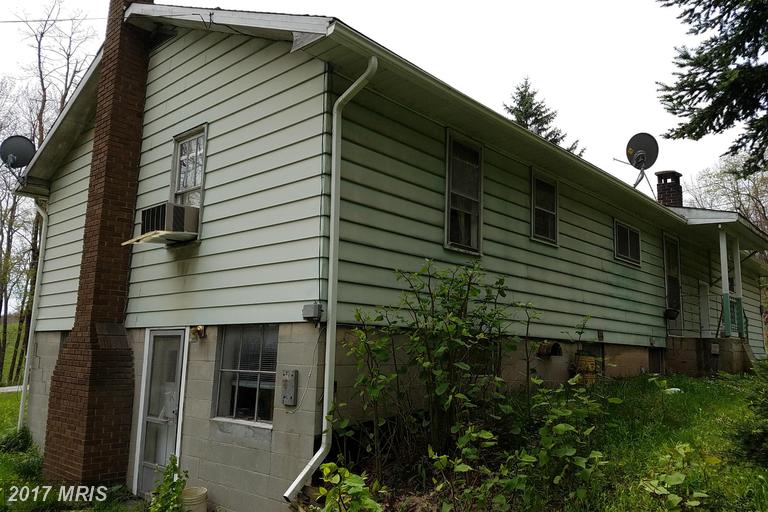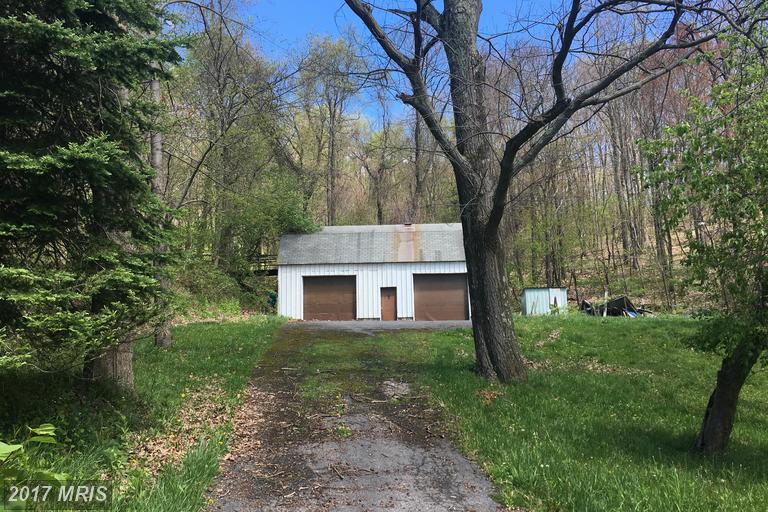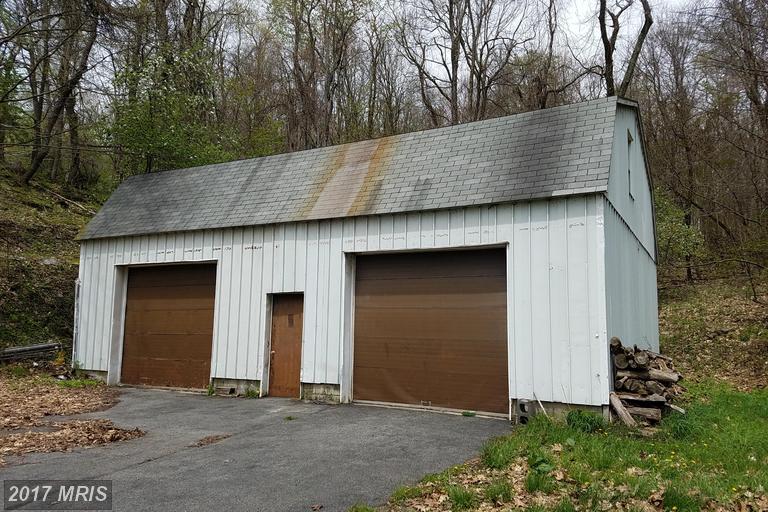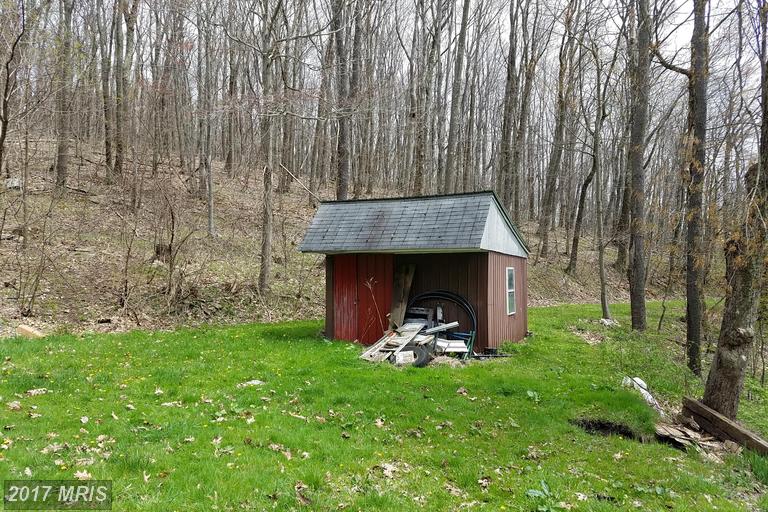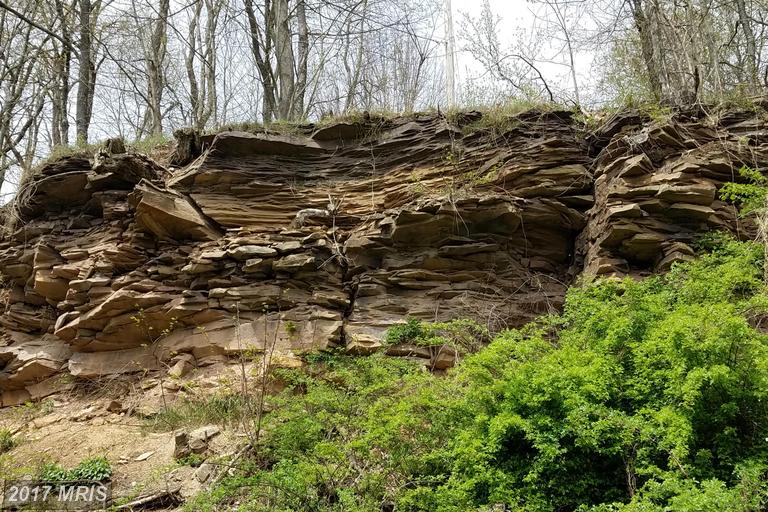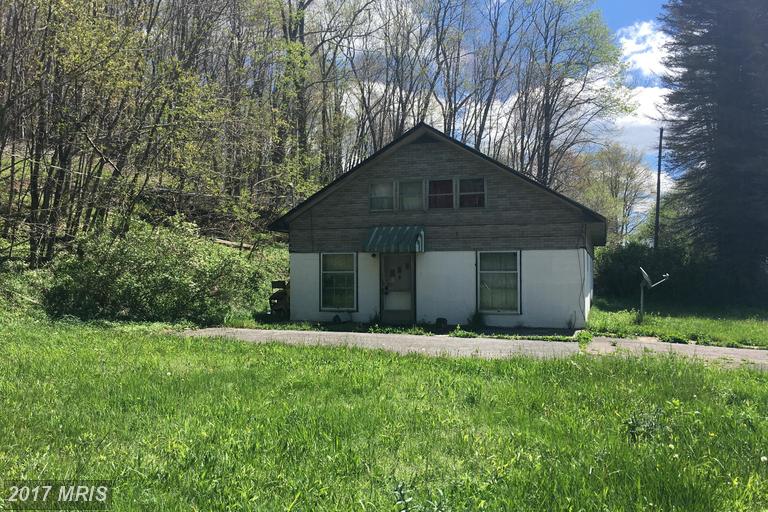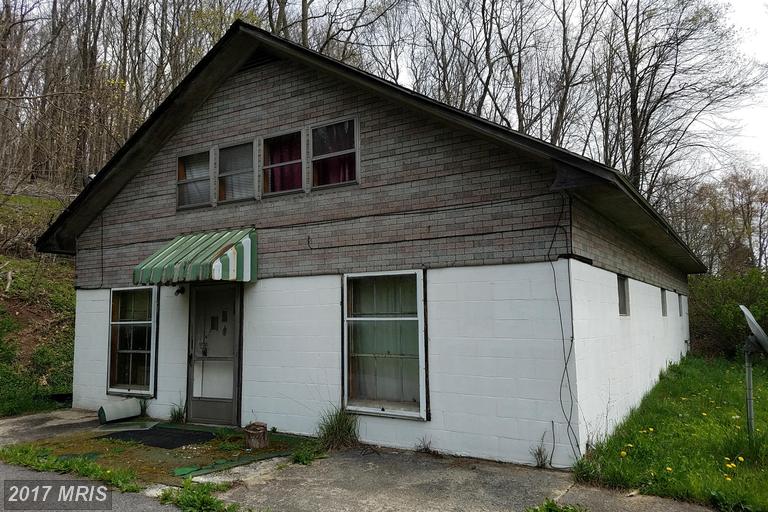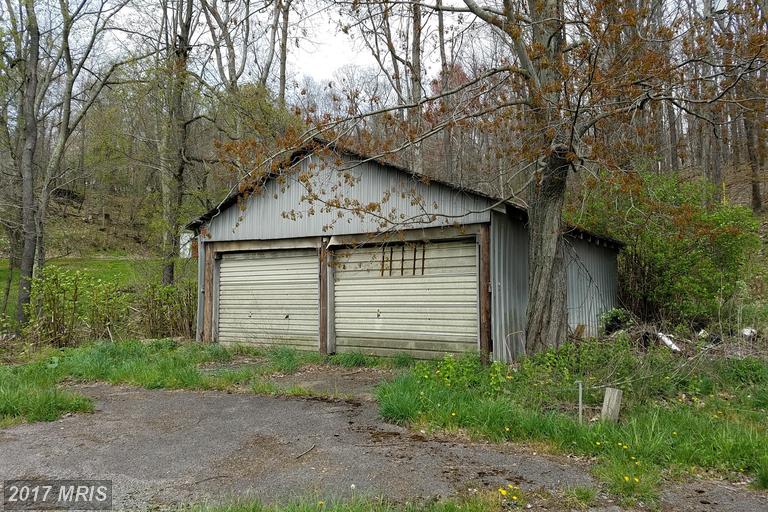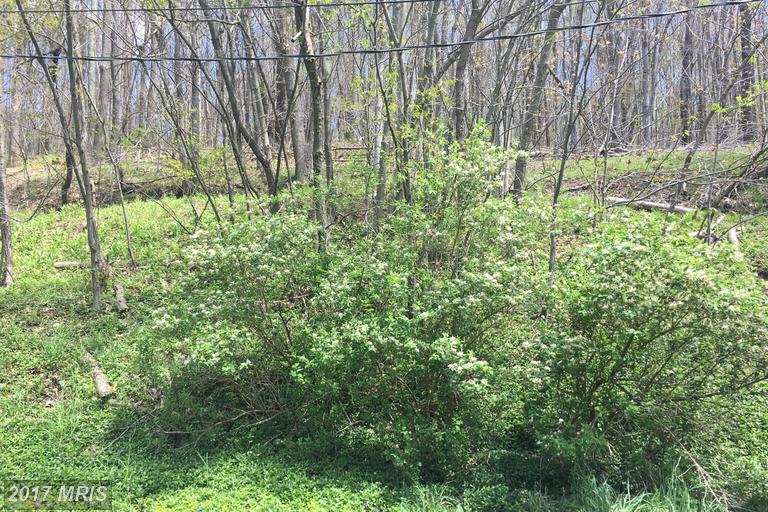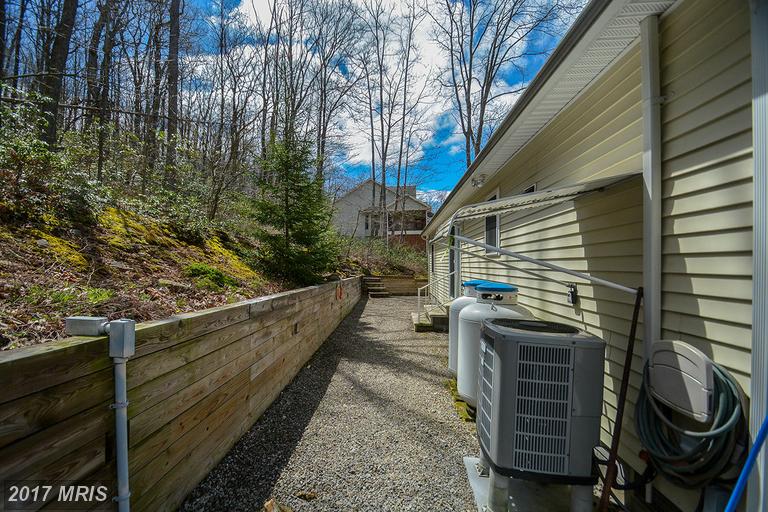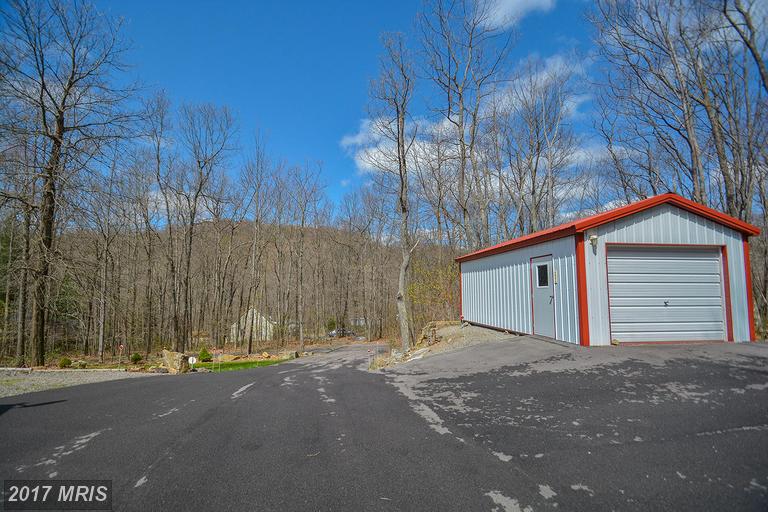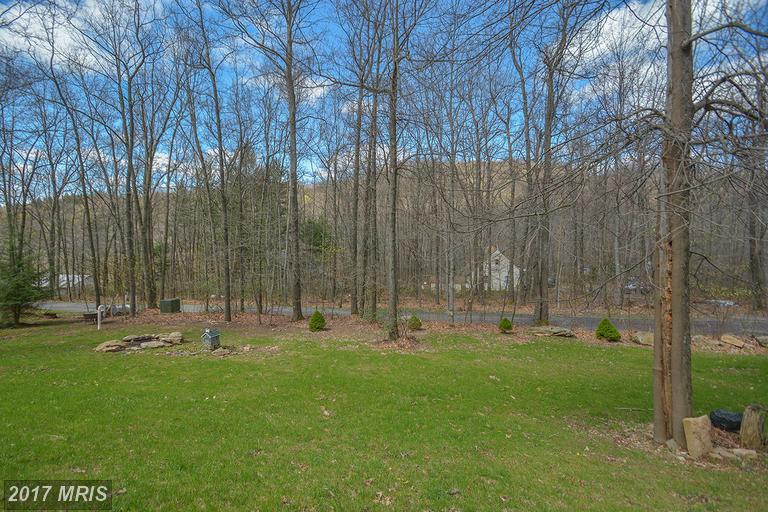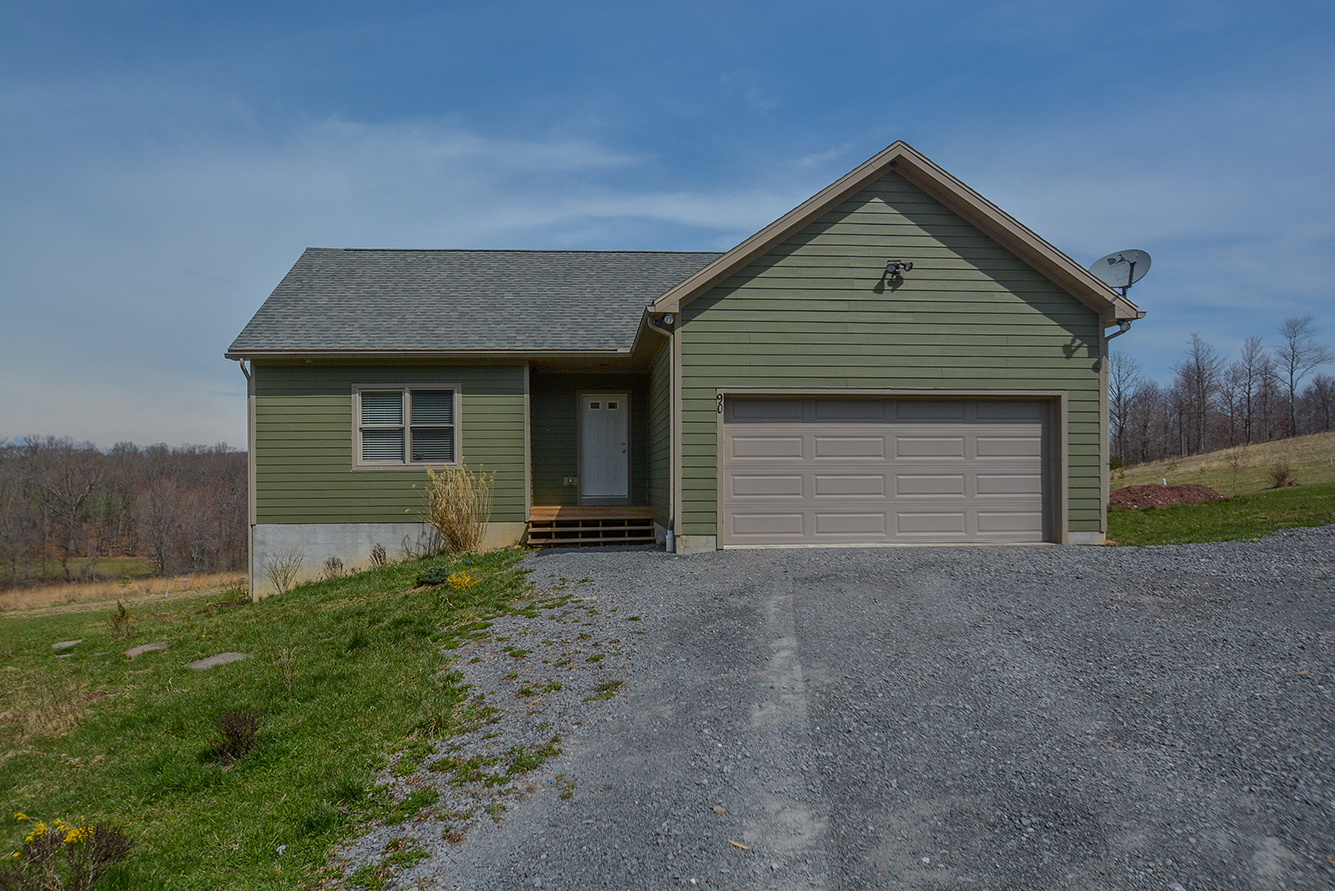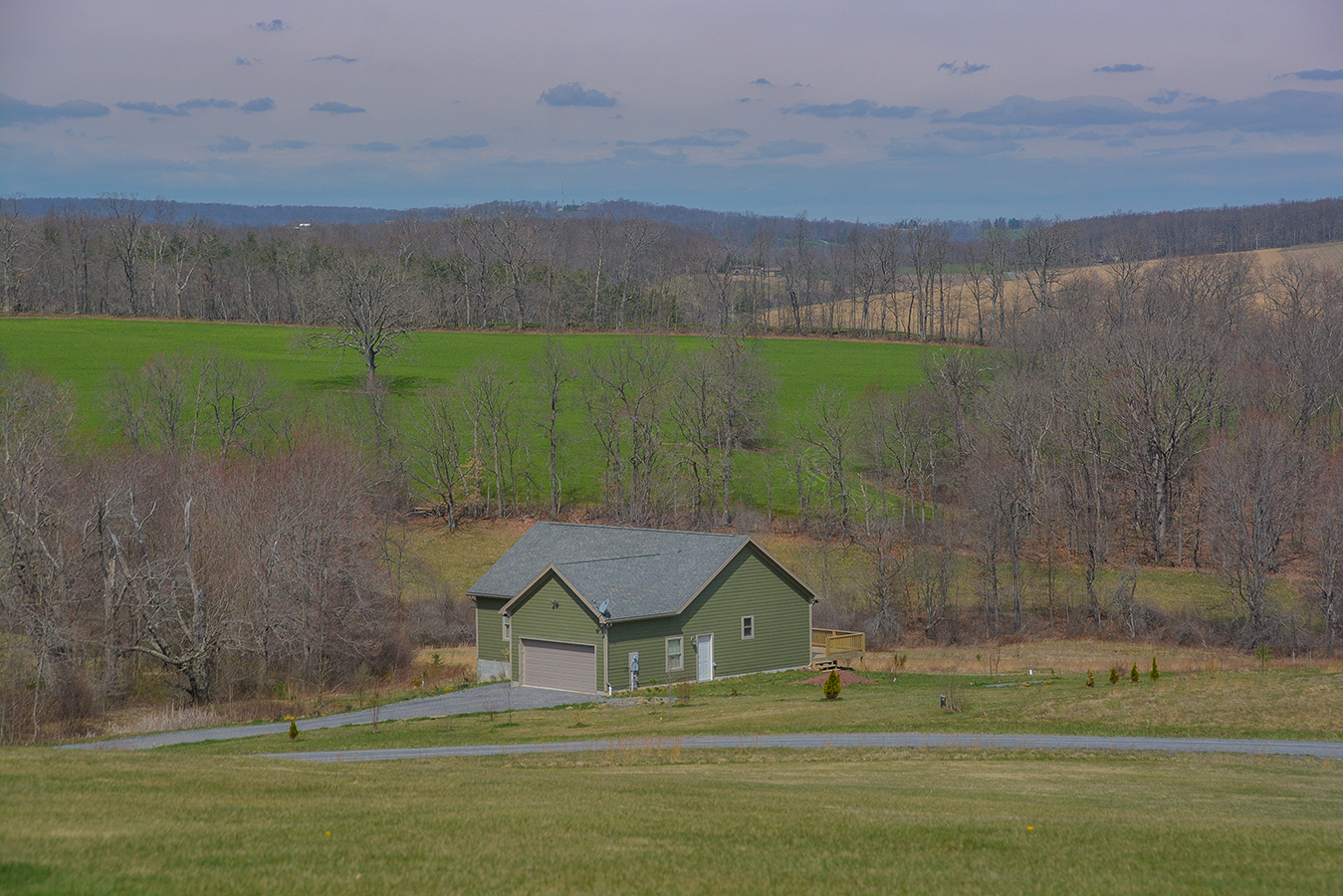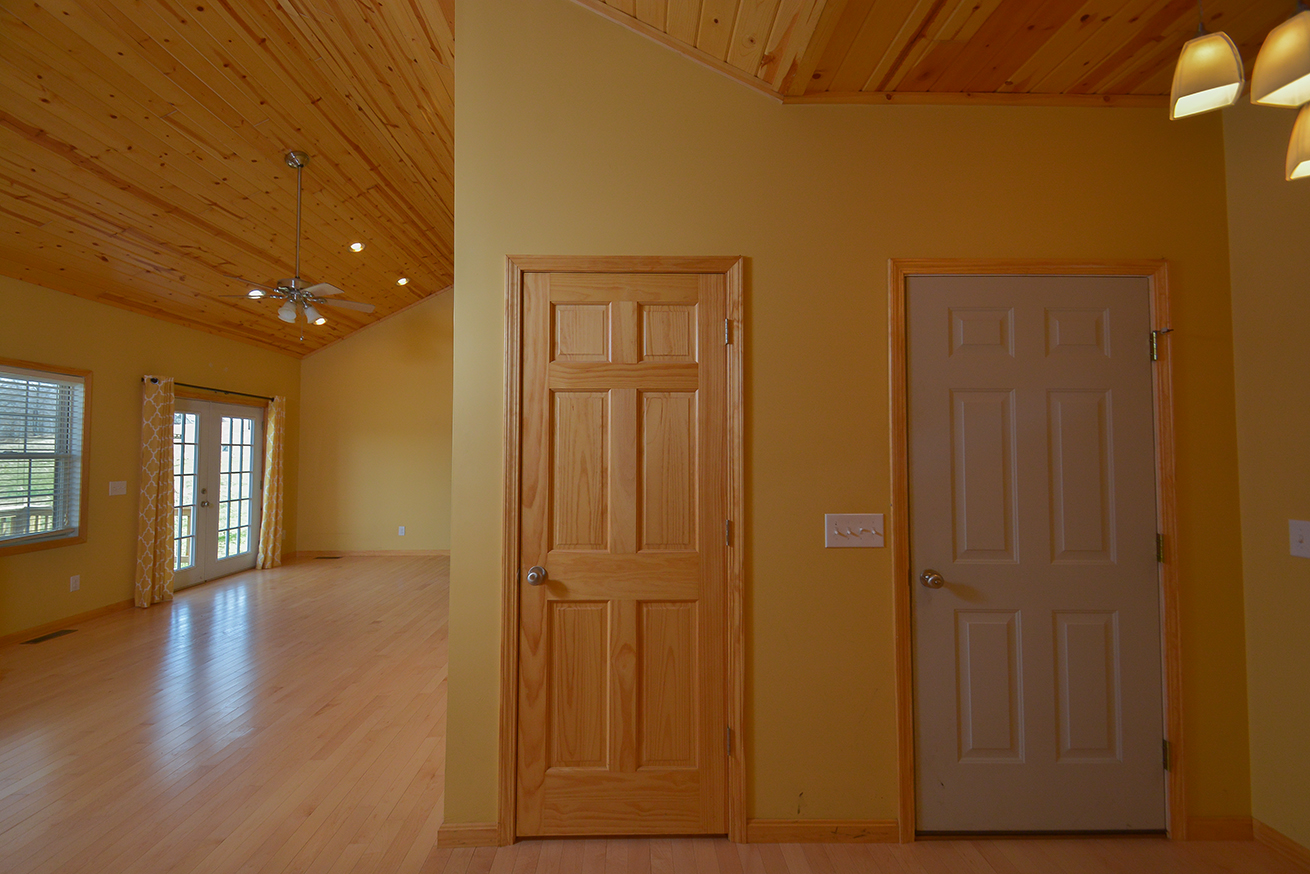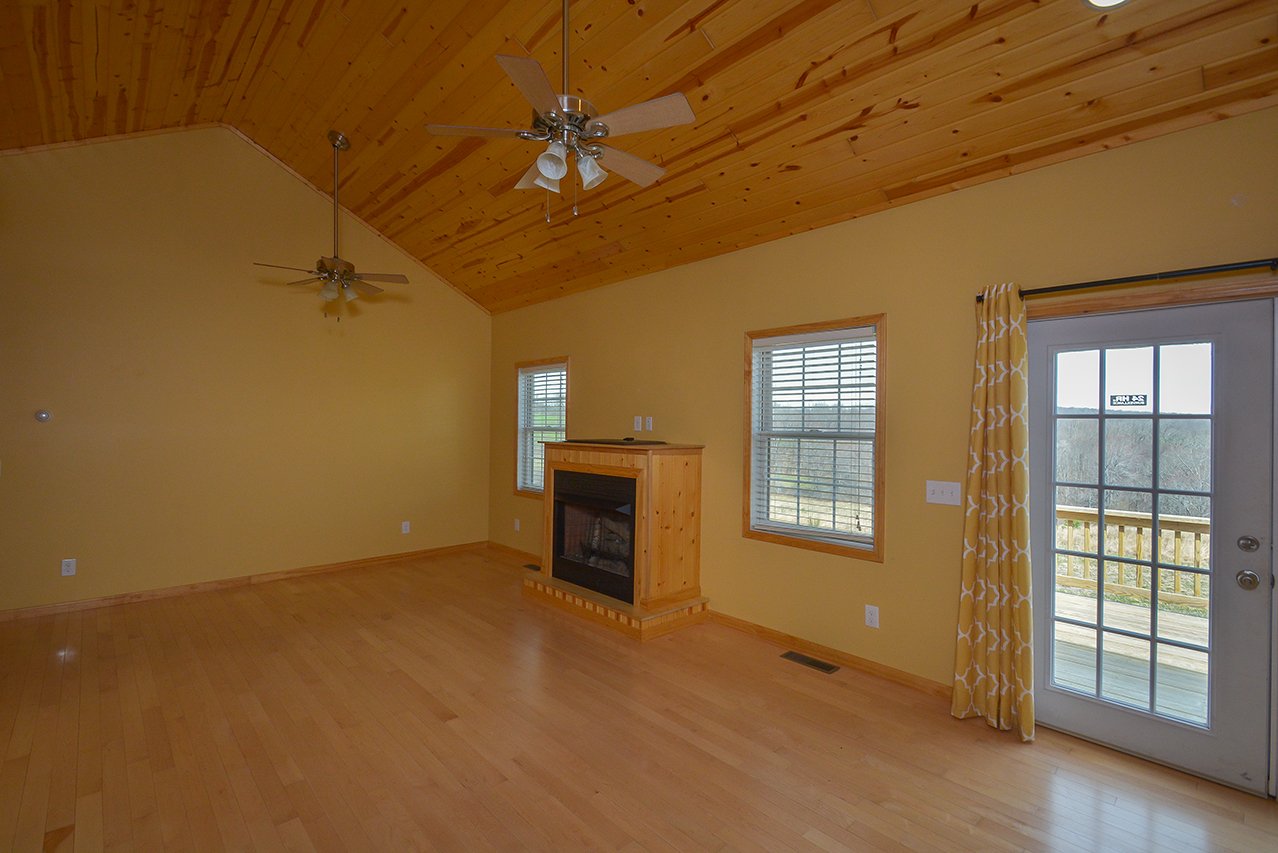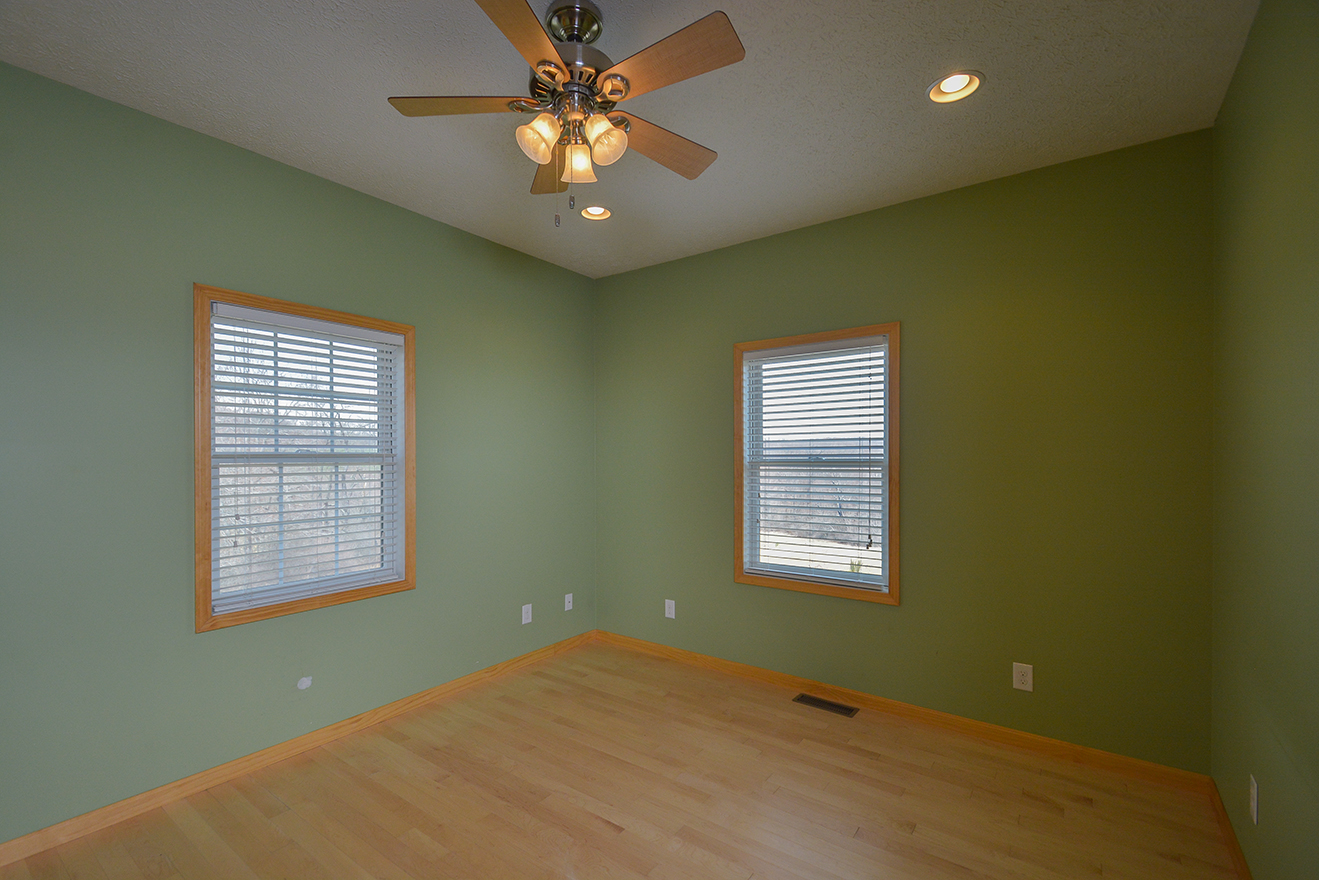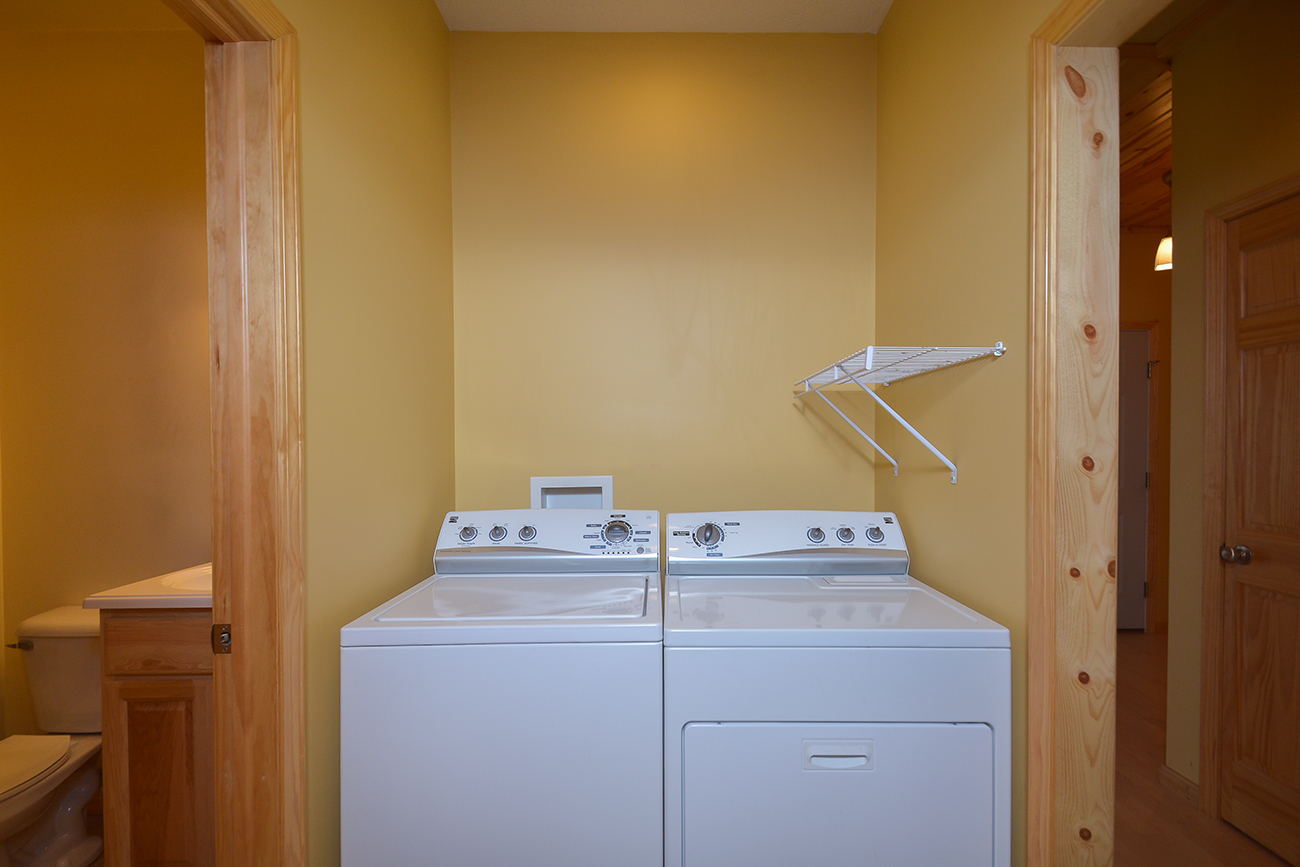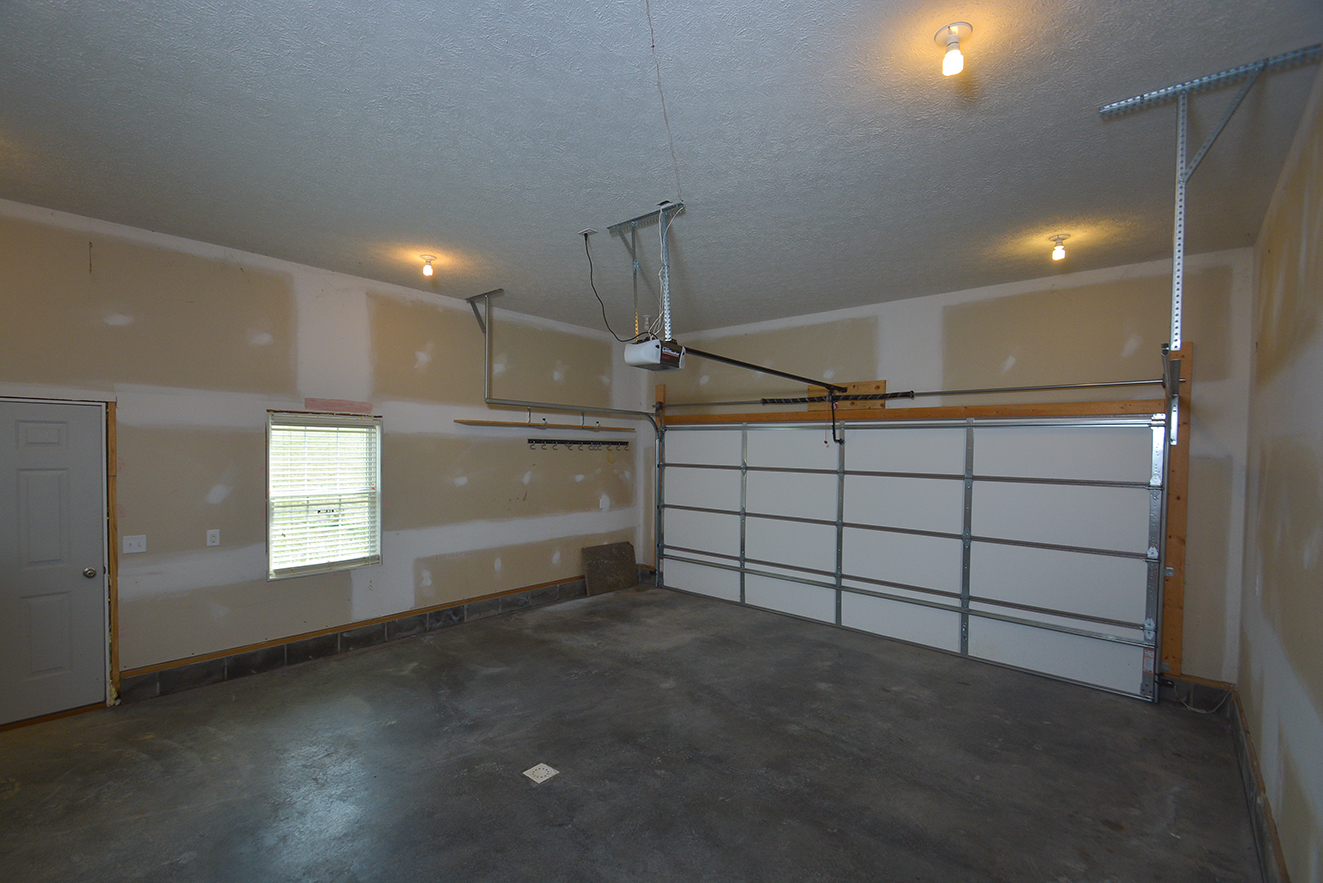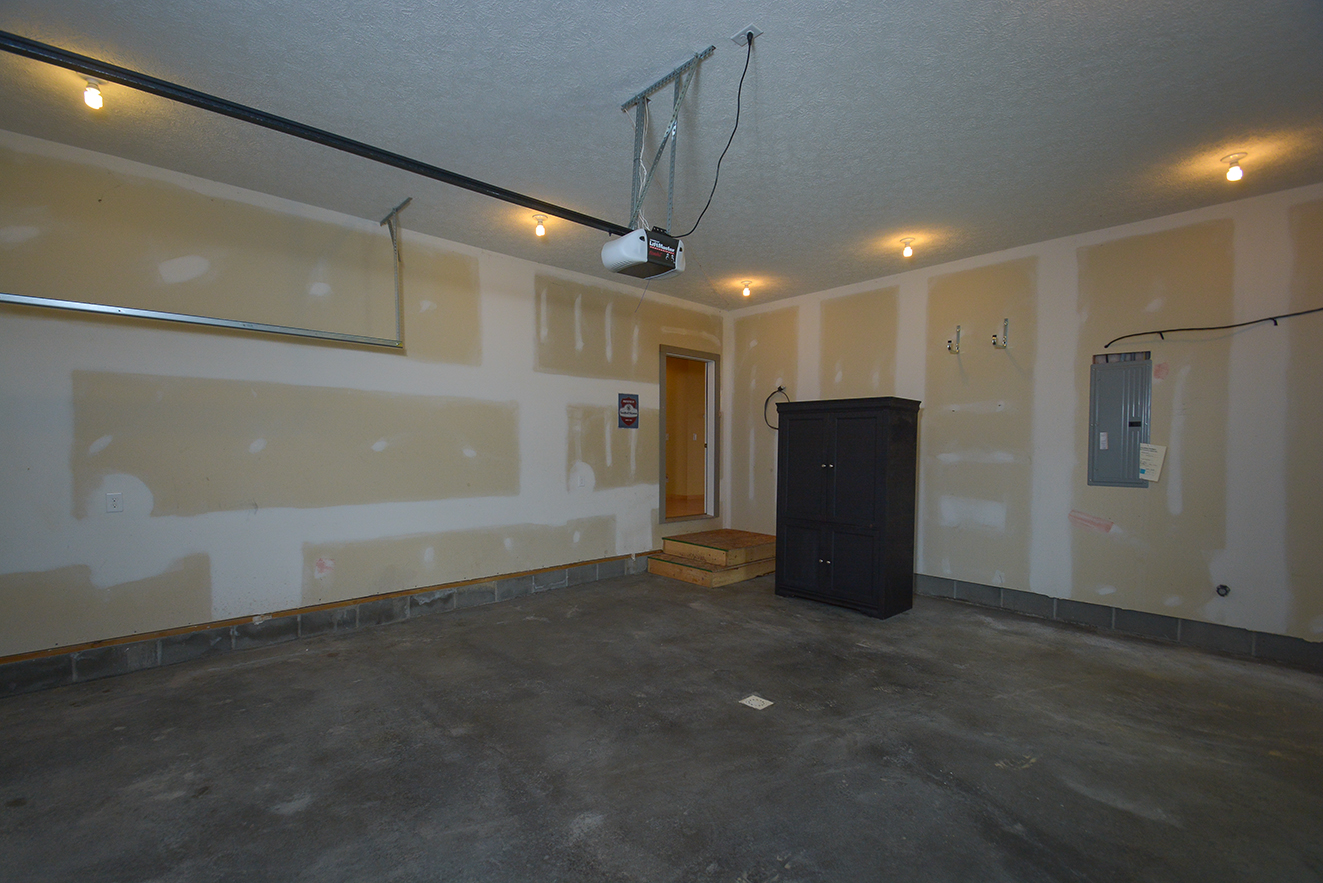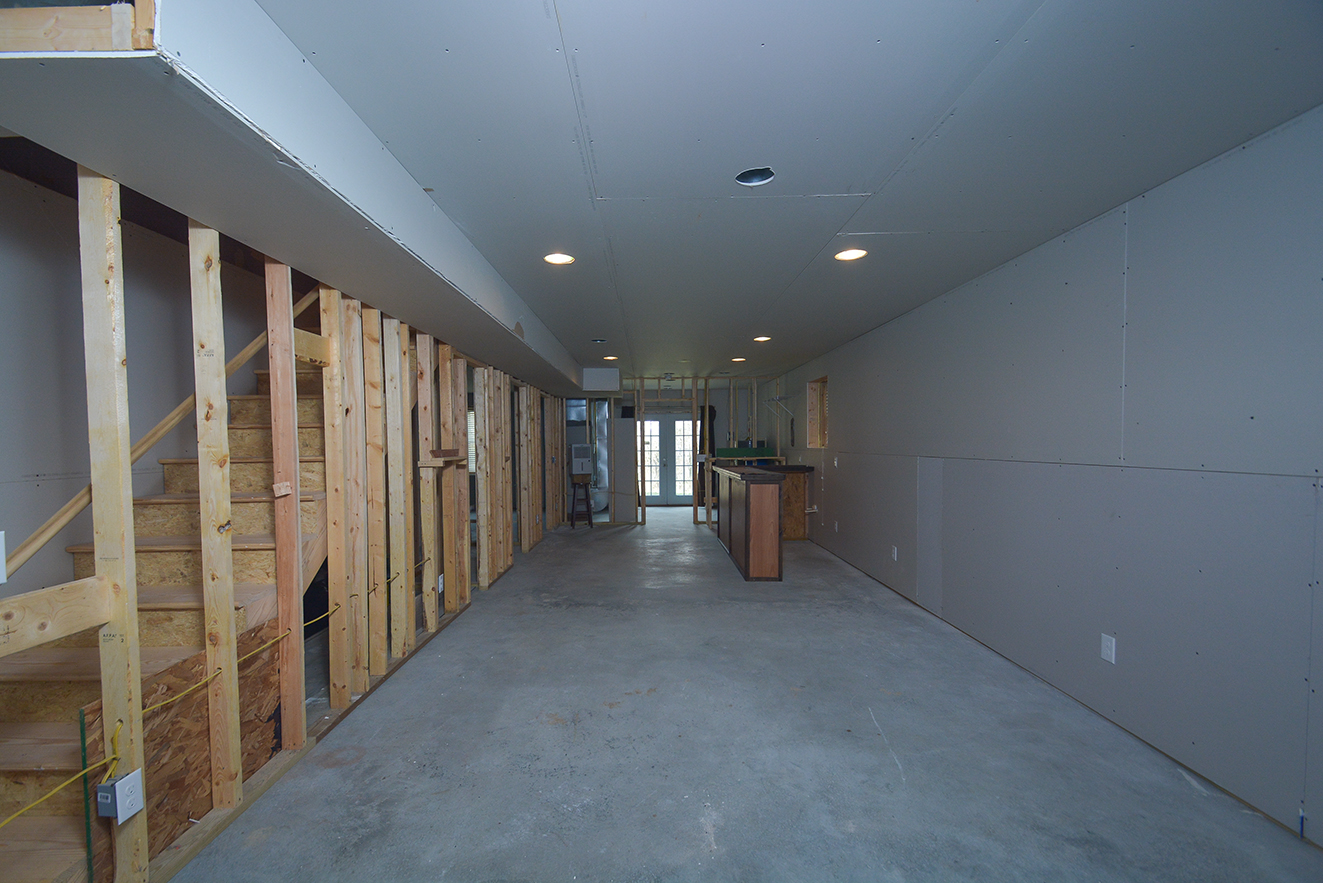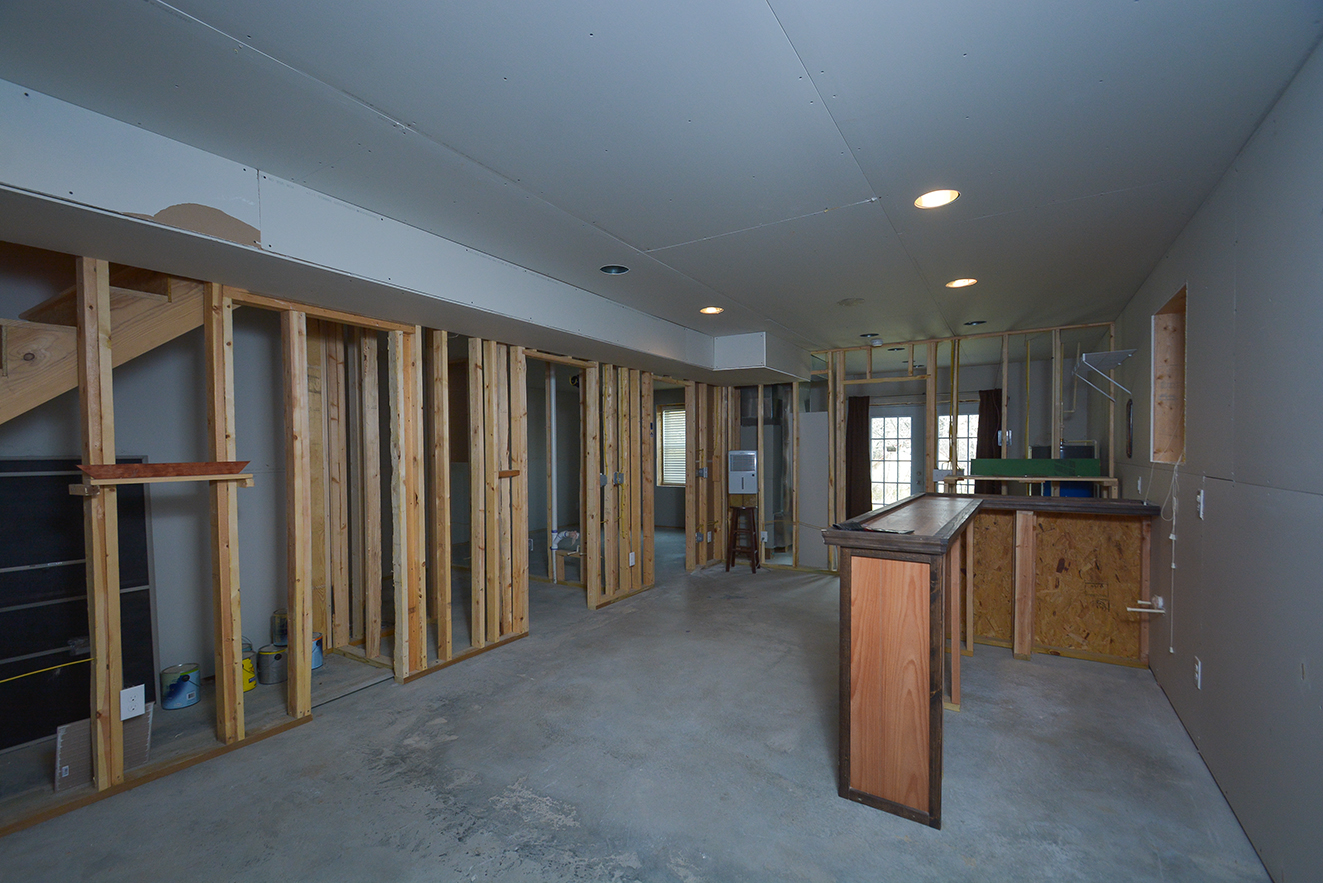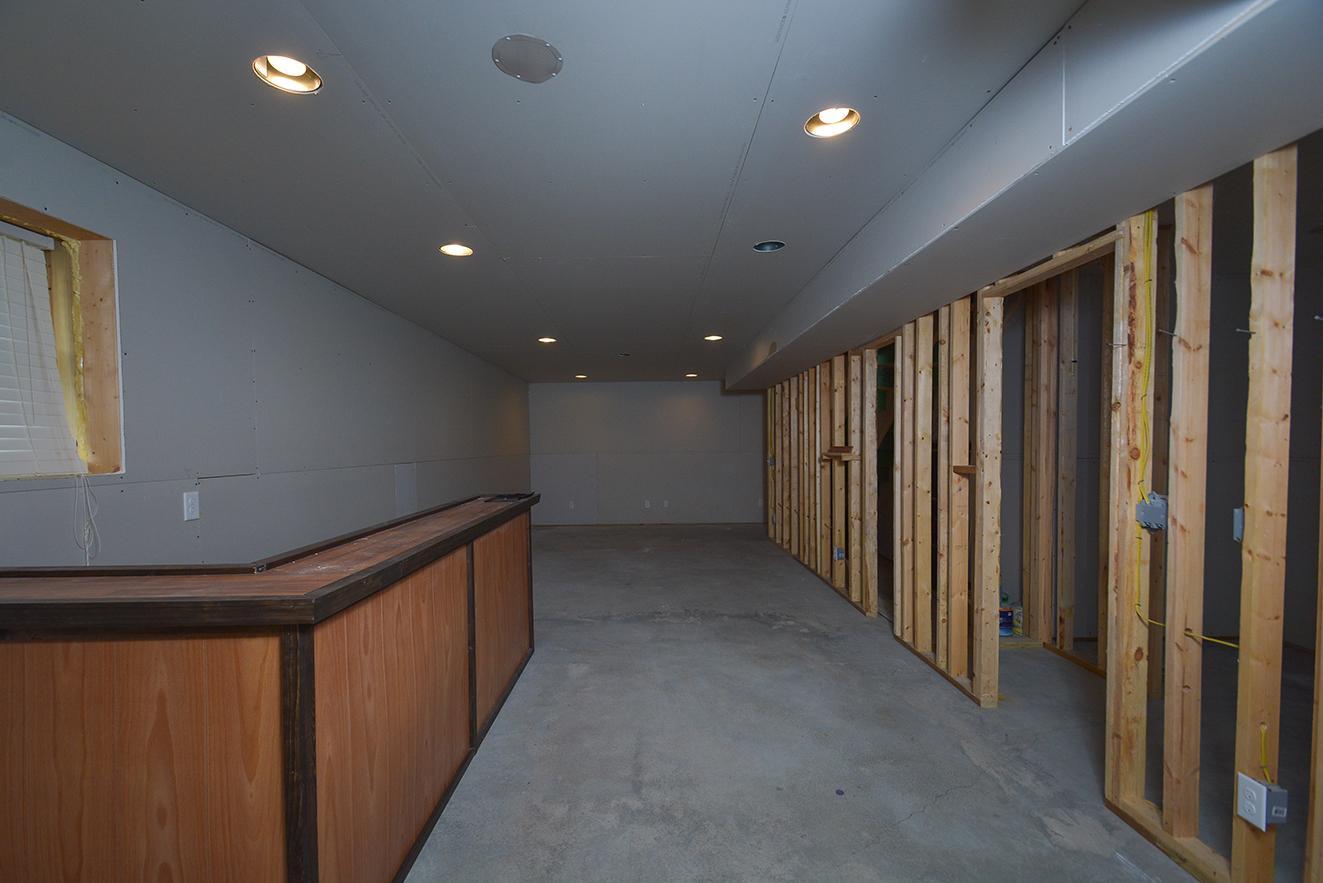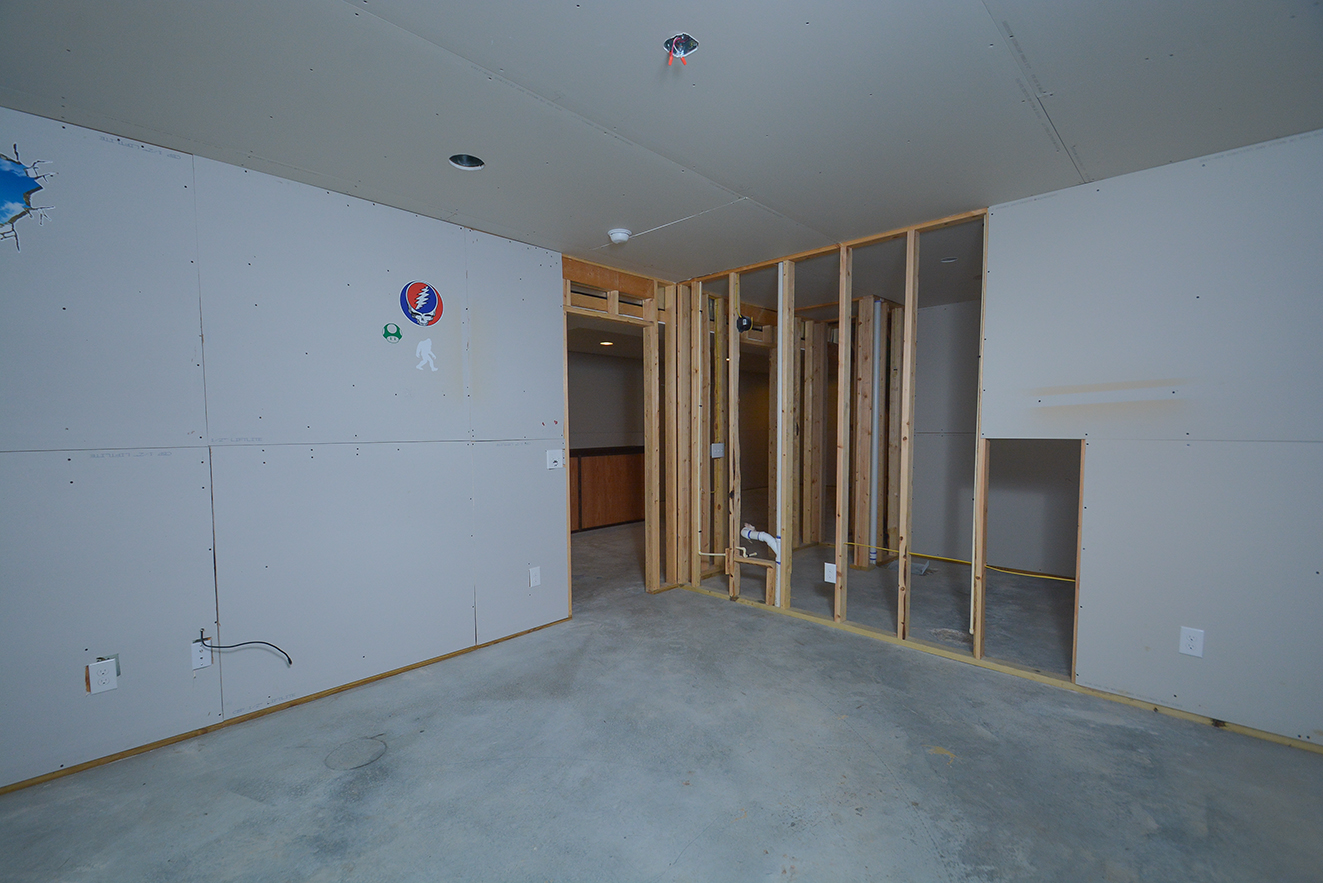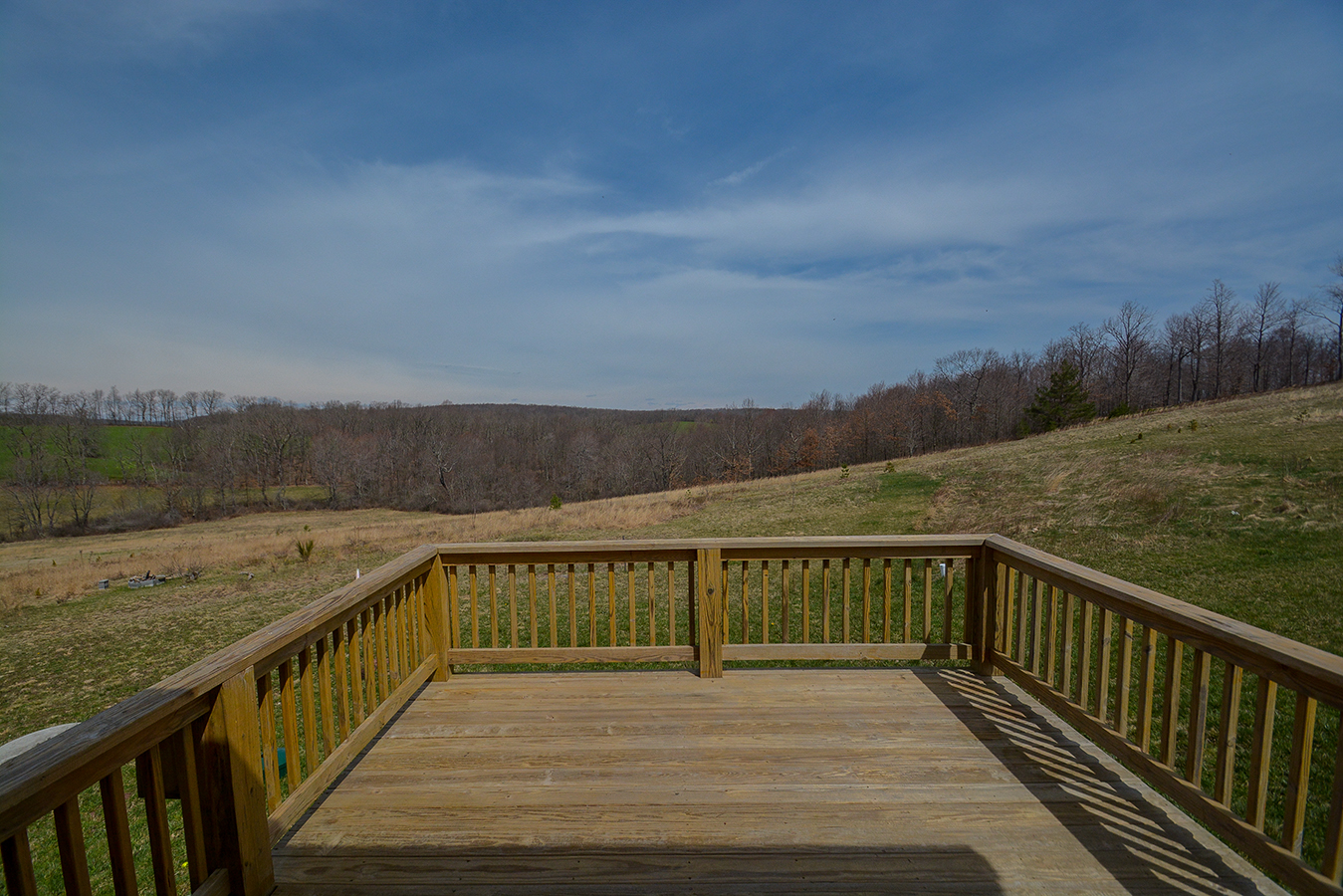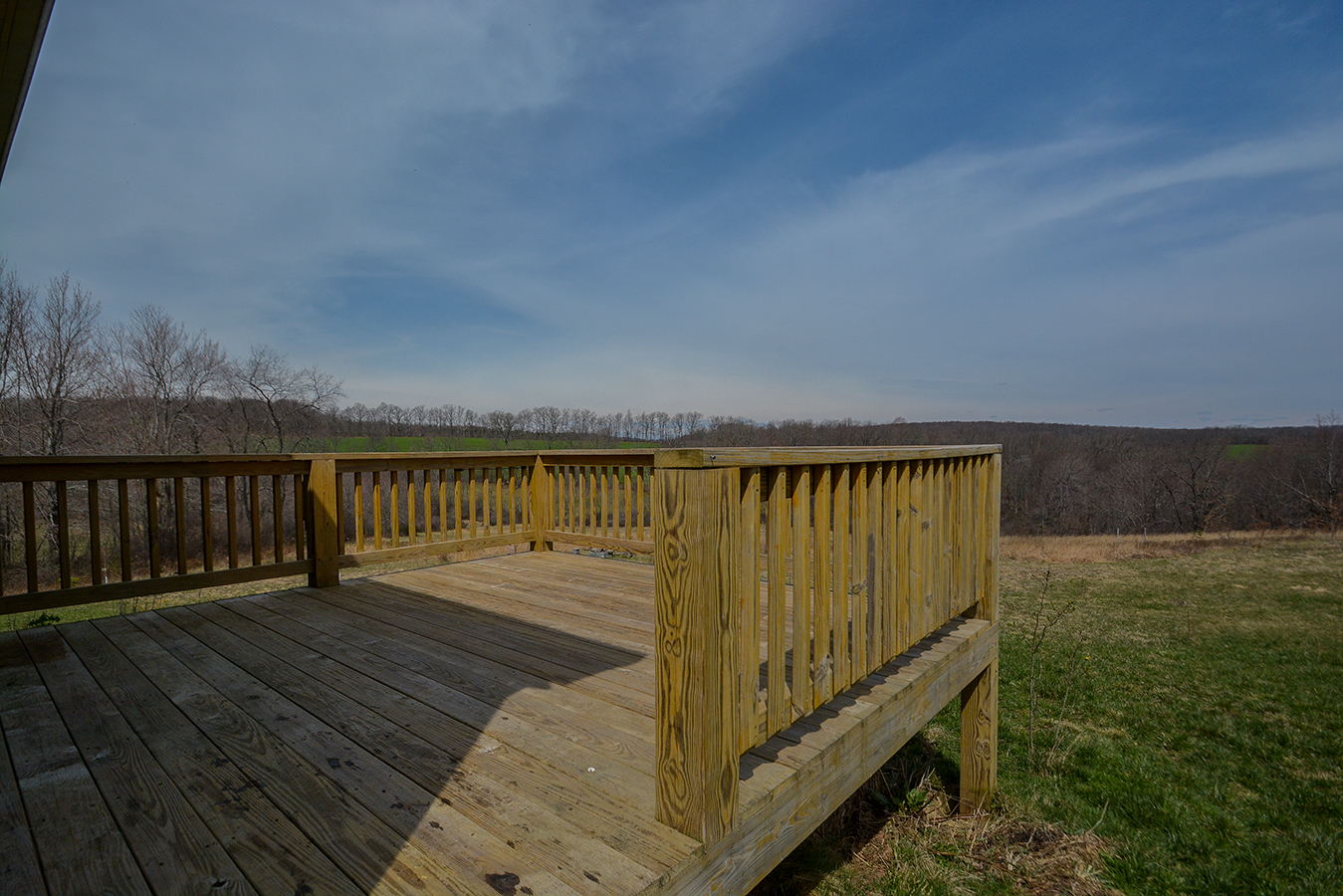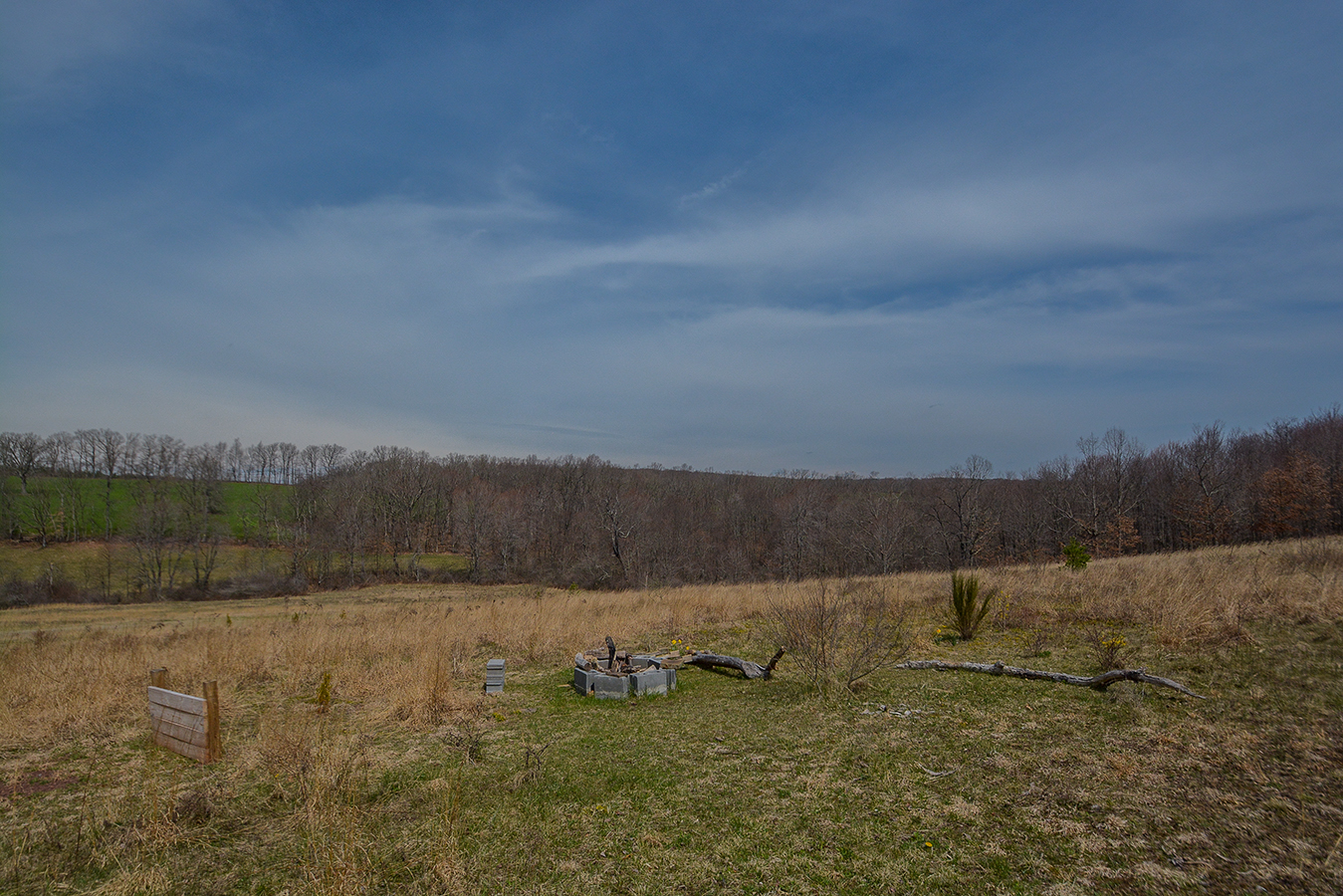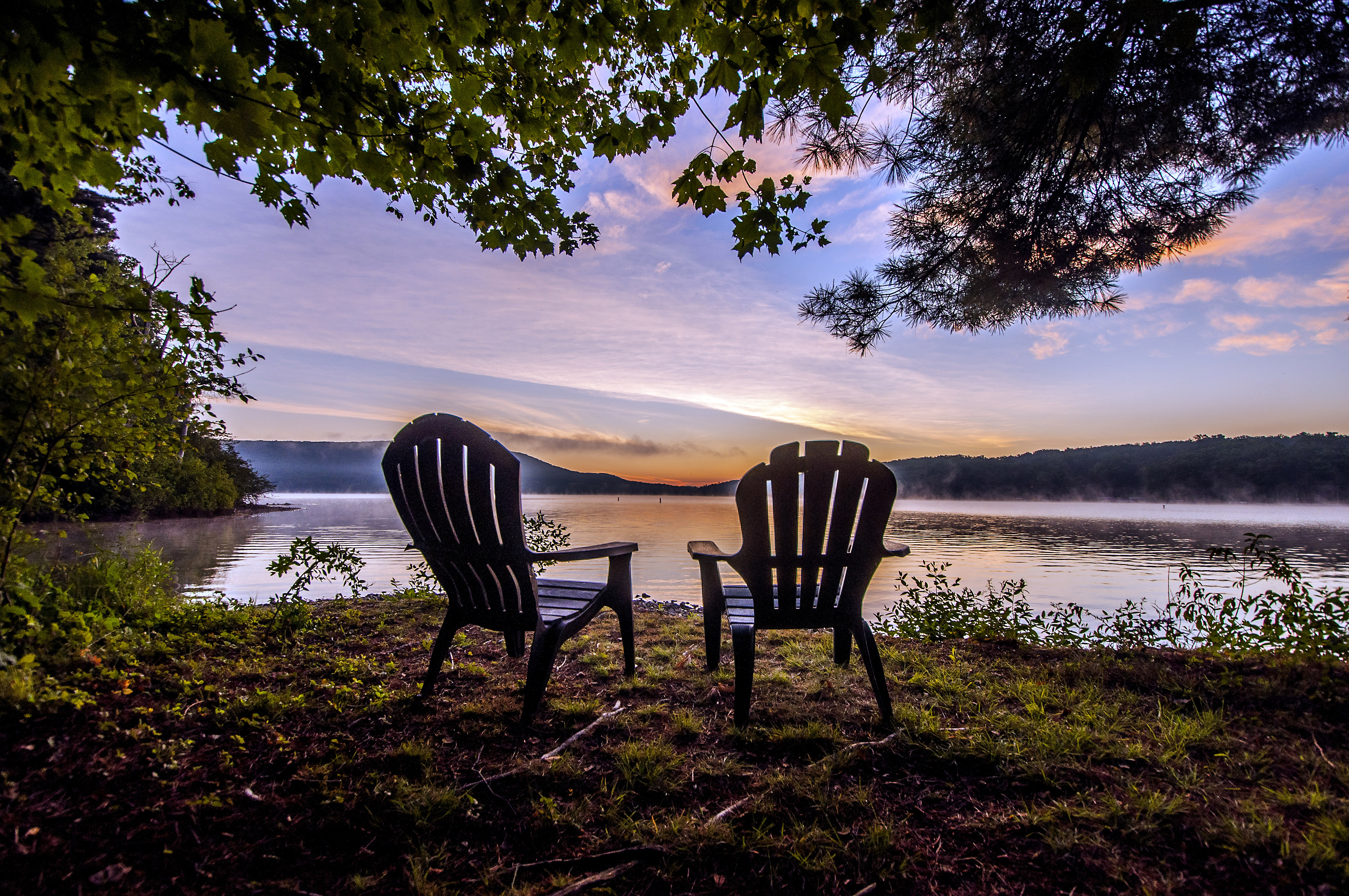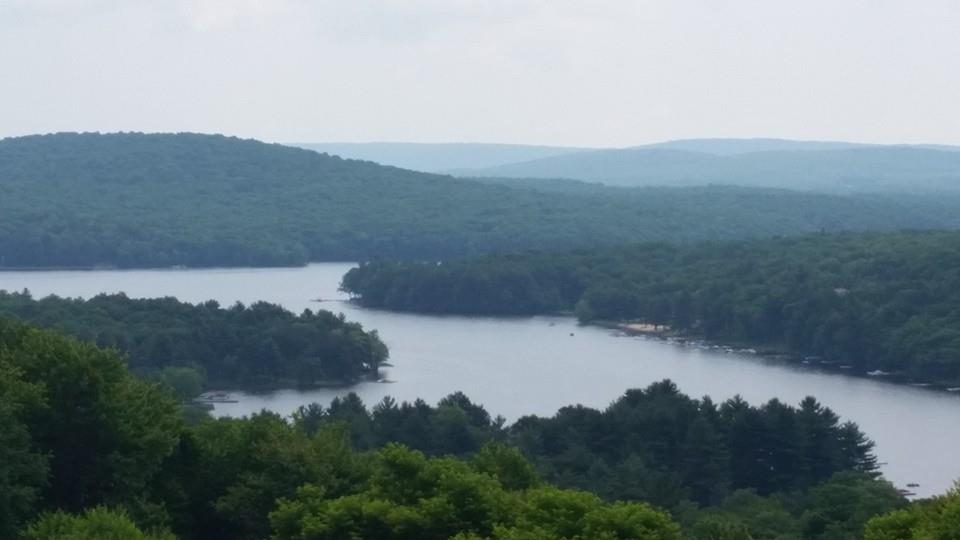Tag: garrett county

NEW LISTING- 128 Greenbrier Drive
Lodestone golf course, frontage on hole #1 fairway and green. Lot #3 has a building permit pre-approved by owner prior to sprinkler system ordinance, a savings of $20k+ over similar building lots! Huge value!
Close proximity to Fork Run recreational area, State Parks, Deep Creek Lake & Wisp Ski & Golf resort. Build your home on the areas highest golf course (2,973ft), designed by Hale Irwin.
For more info, click here.

NEW LISTINGS- 4190/4232 Sand Flat Road
Check out my listings on Sand Flat Road!
Overlooking a beautiful horse farm, these houses have great rehab potential. With some TLC, these homes could be a great first home or a weekend getaway. Located close to McHenry, Oakland and Deep Creek Lake.
4232 Sand Flat:
4190 Sand Flat:
For more information on 4190, click here.
For more information on 4232, click here.

NEW LISTING- 98 Red Pine Road
Check out my listing on Red Pine Road!
One level living! Well-maintained home in McHenry with many improvements, including a paved driveway, a detached garage/shed with electric, and a spacious front deck. 3 large bedrooms and 2 full baths, and a ton of storage space in the attic.Central AC and a heat pump offer incredible comfort and efficiency. Furnishings negotiable. Original owner.Very private setting & DCL is about a mile away! |
|||
For more information, click here.

Garrett County Health Department one of seven to receive national accreditation
OAKLAND — The Garrett County Health Department recently became one of seven county health departments in Maryland to receive national accreditation from the Public Health Accreditation Board.
“I’d have to say, honestly, Garrett County is not a good health department — Garrett County is a great health department,” Howard Haft, deputy secretary of public health at the Maryland Department of Health and Mental Hygiene, said during an accreditation celebration Wednesday. “Incredible leadership, incredible staff that are very dedicated with many, many years of dedicated service.”
The health department received accreditation in November and all the work was done by staff, who worked in each domain, according to Rodney Glotfelty, the health department’s health officer.
“Accreditation is a big deal — only 12 percent of local health departments in the United States have been accredited so far,” Glotfelty said. “Of that 12 percent, only 7 percent serve populations under 50,000.”
Once documentation was submitted to the accreditation board, a site review team visited the health department to discuss the various domains, said Glotfelty.
“When you step back and look at how many health departments in the nation reached this level and most of them being much bigger, the standards don’t change regardless of the size,” said Paul Edwards, chairman of the Garrett County Board of Commissioners. “For us to reach that with the size and scope of the staff here, when others that are much bigger have yet to do that, I think it speaks volumes of the commitment of the staff and Rodney’s leadership.”
The health department earned accreditation after a two-year, multi-faceted peer review assessment process to ensure it meets or exceeds a set of quality standards and measures for public health.
“It’s not just the documentation. It’s really the fact that people put their heart and soul into it and they change how they do things to make them just the absolute best practices in the nation,” Haft said. “You are really the unsung heroes in health care.”
The national accreditation program works to improve and protect the health of the public by advancing the quality and performance of the nation’s health departments. The program, which is jointly supported by the Centers for Disease Control and Prevention and the Robert Wood Johnson Foundation, sets standards against which the nation’s more than 3,000 governmental public health departments can continuously improve the quality of their services and performance.
“I just wish that everybody in the state legislature, federal legislature, everybody in the community really understood how important the work you do every day is — I understand it,” Haft said.
“If you think about it, you have hit the apex of your industry and that’s something worth celebrating,” said Edwards.
For more information, click here.
NEW LISTING: 90 Temperance Way
Newer built 2BR, 2BA home on an over-sized lot at Overlook subdivision.Improved basement for potential extra bedroom and additional living spaces.Hardwood floors, gas fireplace, vaulted ceilings, attached garage & high-end finishes make this a place you won’t want to miss!Enjoy lake access & community trails and views of surrounding mountains & land. |
|||
For more information, click here.
PROGRAMS HELP GARRETT COUNTY
The Maryland General Assembly passed two bills that will benefit Garrett County and Deep Creek Lake.
The payment in lieu of taxes, or PILOT program, will result in Garrett County receiving about a million dollars in fiscal year 2019. The PILOT program benefits state forests, parks and wildlife management areas.
A bill was also passed that establishes the State Lakes Protection and Restoration Fund, which requires the Department of Natural Resources to develop a working budget, and to develop a plan, prioritizing projects that receive funding.
State Lakes Protection and Restoration Fund Bill just passed General Assembly
April 8, 2017
Friends–
We are pleased to announce the State Lakes Protection and Restoration Fund Bill passed the House on 138-0 vote at noon today. Since the bill has already passed the Senate, it is on the way to Governor Hogan’s desk to enact into law.
Th bill was introduced by Senator George Edwards and Delegate Wendell Beitzel. Take a minute to thank them for their legislative work to ensure bill passage. (george.edwards@senate.state.md.us and wendell.beitzel@house.state.md.us)
The bill is a “small bill”. It only asks that DNR create the fiscal structure for a Fund. No allocation of money was requested. Even so, at one point late in the process, DNR suggested a small language which could have killed the bill. Fortunately Delegate Dana Stein spoke out against this recommendation.
Deep Creek Lake is one of 16 state-owned lakes across the state and, like DCL, it appears that all are facing challenges of lake aging and need for protection and restoration efforts. The State of Maryland owns these lakes and is, therefore, responsible for their health as natural and recreational resources.
Another reason for celebration: This is the first bill supported by all lead lake-related entities: County Commissioners, Garrett County Board of Realtors, Chamber of Commerce. A CLEAR DCL, Friends of DCL, DCL POA and Green Glade Guardians. Over 50 lake property owners also sent letters of support. .
More thank yous! We do want to recognize our lobbyist Eric Gally for his hard work tracking the bill and the lake people who came to Annapolis to testify in support of the bill: Joe Zamoiski, Tony Fuller, Richard Matlick, and Brian Greenberg. Folks from state environmental colleagues also helped us secure passage: Kristen Harbeson from MD LCV, MD Sierra Club, and The Nature Conservancy.
Next Step. We will need to “fund” the Fund. To do so we must convince the Governor to allocation financial resources into the Fund in his next budget. We hope all the entities which supported the bill will also actively work for its
Since the budget process begins almost immediately, Friends of DCL will be developing a Fund the Fund Campaign to be launched early in the summer.
All our work todate has led up to the creation of the mechanism and now the challenge to get funding for it to enable the state to do the work needed to restore and protect our beloved lake for generations to come.
Let’s hope the snow in Garrett County melts soon and the high water levels subside because we have a lot to celebrate this summer– and some fun Fund-raising to do!
Your friends and neighbors,
Friends of Deep Creek Lake Board.





